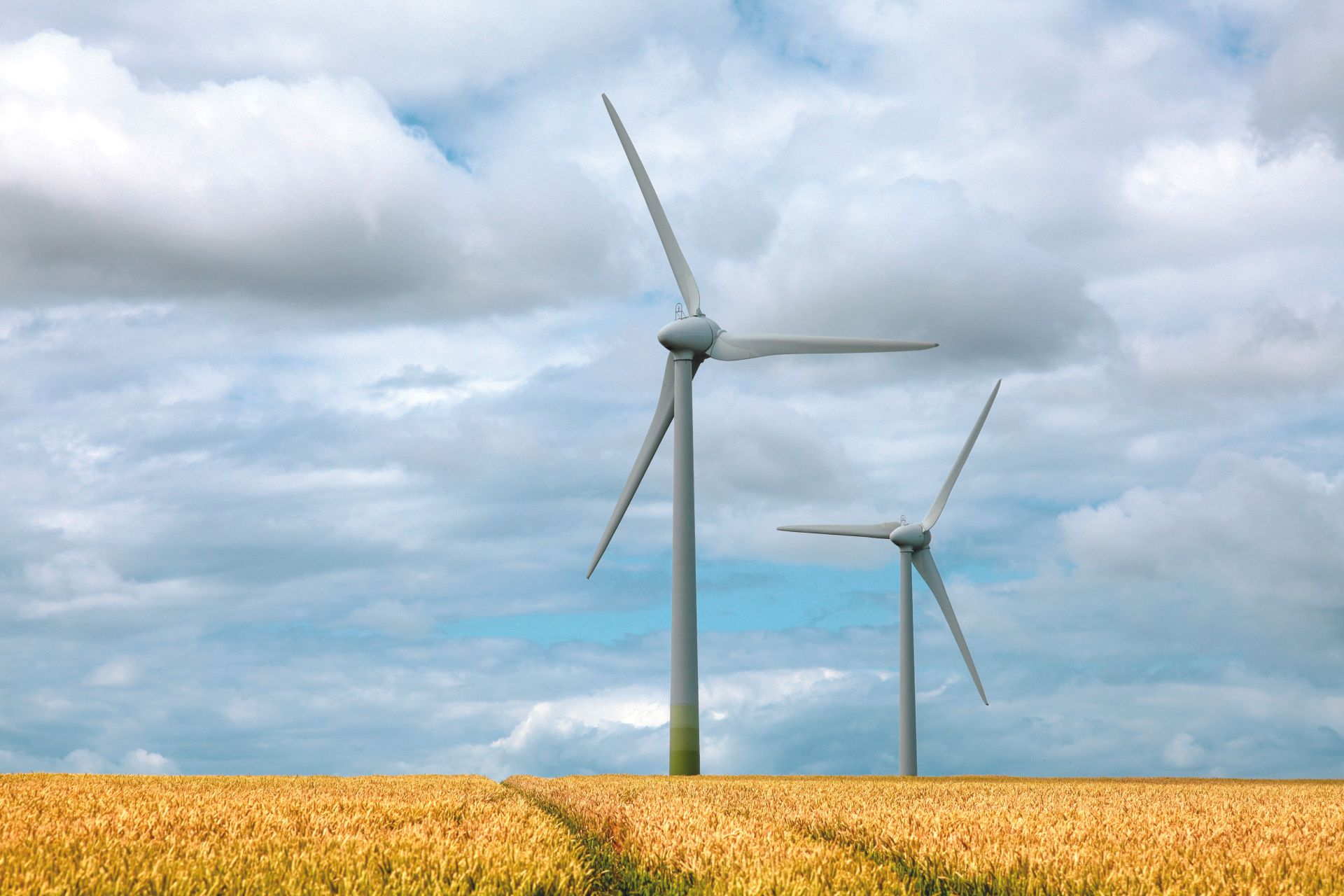Financing innovation: An industry perspective
If Australia funds sustainable projects, it will have a sustainable future. New funding models are providing opportunity, to tie finance to long-term environmental benefits.

Over many months, we’ve all observed the resilience and adaptability of Australians to changing circumstances.
Many business owners have experienced a shock to their economic outlook and more face ongoing uncertainty as the pandemic drags on.
In response to this hit to confidence, the financial services sector adapted quickly to support Australians in the aftermath. At the same time, our customers are leading the way in how they are supporting their own employees, with an enduring focus on care and empathy.
We are also seeing a surge in innovation – often out of necessity – as existing business models pivot to new product lines and ways of working.
We may never get a better test of resilience than what we’ve all collectively faced since the first quarter of 2020.
And through this, some big questions have arisen. Here are two. Where are the further opportunities for innovation? and what do we want Australia to look like when we get to the other side?
Throughout the world we are witnessing governments spending at unprecedented levels. This is for multiple reasons: to shore up confidence, to keep businesses afloat, to limit the loss of livelihoods caused by shutdowns.
For businesses and institutions in strong economic positions at the beginning of the crisis, the opportunity will come again when they can invest and grow.
The public and private sectors will each play an important role in investing in our economy to drive recovery, create new jobs and supercharge innovation. The allocation and flow of capital to enable this is critically important.
There are plenty of opportunities for Australia to allocate capital in areas where we have a natural competitive advantage. For example, we benefit from some of the best wind and solar resources in the world. We have a proven ability to deliver large infrastructure. We’re a nation of resilient small-business entrepreneurs. And we’re also very adaptable. This crisis has proved that.
The choice of how to build on these strengths to create sustainable and innovative opportunities is ahead of us. It’s about making decisions for the long term to future-proof business models, but also to serve customers well and help communities prosper.
The allocation of today’s capital towards sustainable projects requires a long-term view. It is one that will benefit generations of Australians for years to come.
There is an important role for NAB here, and it begins with our own credentials. It includes an accelerated $70 billion commitment to environmental finance by 2025. Already, $17 billion has been arranged to support green infrastructure finance, capital markets and asset finance. A further $16 billion is supporting mortgage lending for energy-efficient 6-star residential housing.
The role deepens when we consider the position we hold as capital connectors. We maintain a strong balance sheet to foster business investment, to improve productivity and to enable innovation. This enables us to be the leading arranger of climate finance in Australia, with over A$10 billion directed at renewable power from wind, solar parks and hydro since 2003.
It also means we are uniquely placed to connect environmental, social and governance (ESG)-focused clients with the right investors, who can accelerate our clients’ progress towards achieving their goals. I’m talking about clients such as QIC Shopping Centre Fund (QSCF) – one of the largest shopping centre landlords in Australia – which issued a $300 million Climate Bond-certified green bond, the first to be issued by a retail property landlord.
This green bond was well received by investors across Asia and Australia, attracting investors with green and ESG investment mandates who were new to QSCF.
This is just one example. There are many others.
Backing sustainable initiatives with the right capital now will build a more resilient Australia post-pandemic. When we think about the right capital, it is important to consider a diverse range of investors who are willing to invest right across the equity and debt stack.
The diversity of investors is important: it ranges from retail right through to institutional investors, both global and domestic.
And to successfully commercialise the sustainability initiatives that are being contemplated, access to a full and diverse range of funding options, as well as investors, will be required. NAB has all the ingredients to keep fast-tracking work in this space.
Looking ahead, the role of banks in using capital for sustainability-driven financial innovation is exciting. For instance, sustainability-linked loans (SLLs) are offering some fresh opportunities to innovate. More broadly, SLLs are behaviour-based debt. They incentivise better environmental- and social- performance outcomes within the financing arrangement.
Behaviour-based debt is an opportunity to incentivise faster and enact greater social impact in sectors not easily transitioned to more sustainable business models. We are noting this shift is overtaking proceeds-based sustainable debt in terms of volumes raised.
It also reflects a wider shift in financial services and the public conversation about tackling climate change.
We’re proud to have already worked with AGL, Sydney Airport and other important clients to achieve these outcomes through SLLs.
Enabling longer-term growth and innovation when we get to the other side of this crisis is a function of thinking sustainably and using capital in a better way.
It is through capital – and great ideas – that Australia will reach its full potential. Ultimately, it will also make us less sensitive to shocks.
As a bank, we’re committed to doing our bit. We urge all Australian business owners – from the corner shop to the large institutions – to keep thinking bigger and to keep innovating.
David Gall is group executive, Corporate and Institutional Banking, at NAB.
This article is taken from the recently published digital book
Australia's Nobel Laureates Vol III State of our Innovation Nation: 2021 and Beyond










